
A just transition to renewable energy
How can we achieve global targets for renewable energy in an environmentally sensitive, socially just transition?
However, much of the increase in renewable energy will need to take place in developing and middle-income countries, in regions such as Africa, South America, Asia and the Middle East, as governments seek to meet the energy needs of their populations and ensure the stability and security of energy supply through renewables rather than fossil fuels. For example, India aims to increase its total renewable energy capacity from 100 GW today, to 500 GW, roughly 50% of its total energy needs, by 2030.
Developing renewable energy in these new and emerging markets can pose significant threats to the natural world. Many of these regions are characterised as being of high biodiversity value relative to areas where renewable energy is more established, such as western Europe or North America.
At the same time, many of these countries lack much of the basic information on species distribution, abundance and behaviour that we, in the UK, take for granted. In the absence of this information, there is a risk that the green credentials of renewable energy projects may be undermined due to unforeseen impacts on threatened and declining species. For example, collisions with power lines associated with wind energy projects in Rajasthan pose a significant threat to the Great Indian Bustard, a species classified as Critically Endangered by the IUCN.
However, in the face of climate change, we cannot afford delays to renewable energy projects while we collect the data necessary to address these gaps in our knowledge, a process that may take several years.
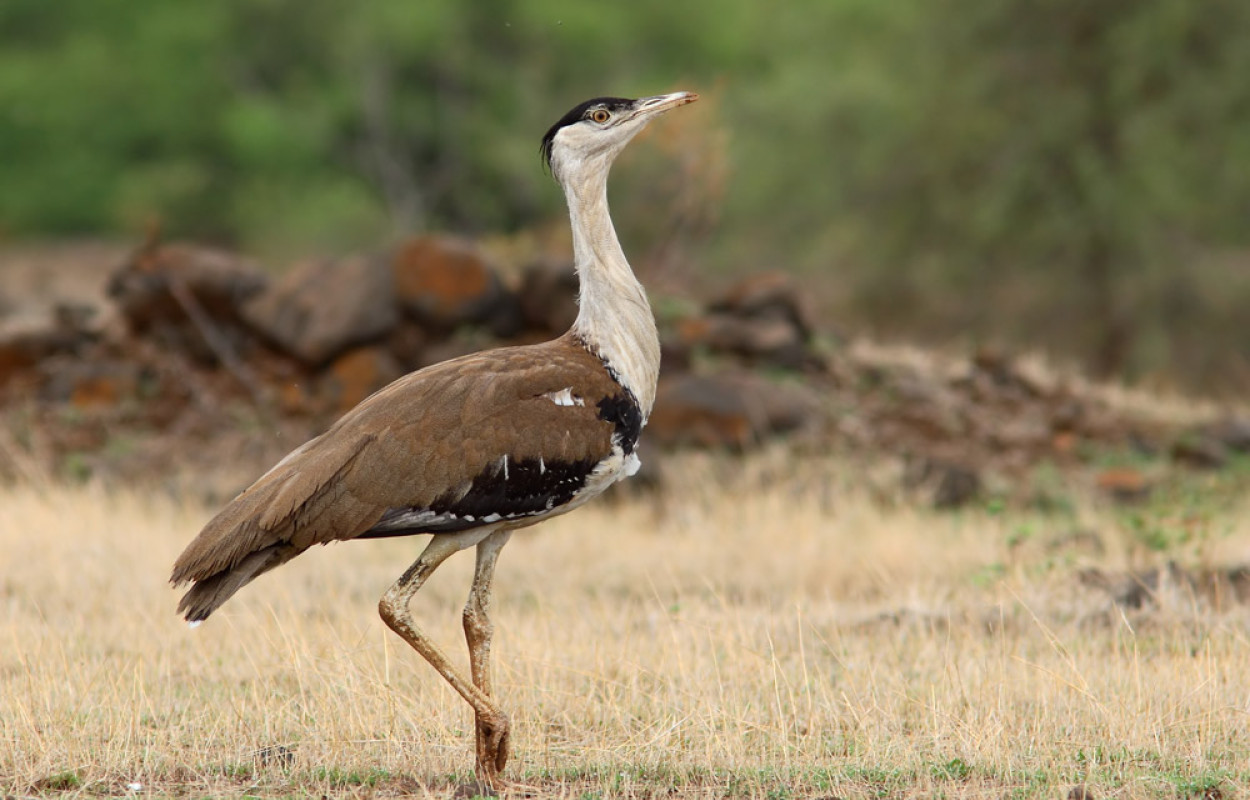
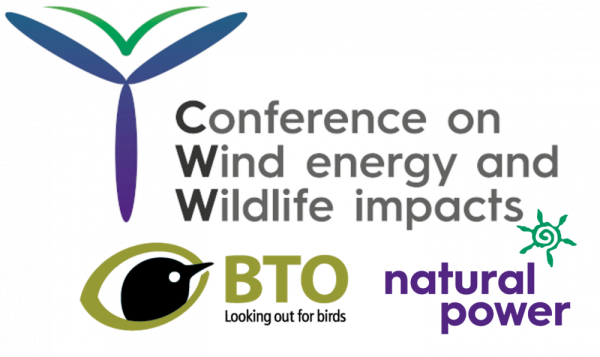
Starting the conversation
To better understand the challenges faced by those developing wind energy projects in these new and emerging markets, and how these may be overcome, I worked with David Tidhar from National Power to deliver a session as part of the April 2022 Conference on Wind Energy and Wildlife Impacts (CWW) in the Netherlands.
We involved practitioners and stakeholders working in Argentina, South Africa, Egypt, Jordan and Croatia in our session, and, across the discussions, we heard common themes emerging: regulatory frameworks struggling to keep up with the pace of development, the need to adapt and build on guidelines developed in places like the UK, the need to increase local capacity to undertake biodiversity surveys or monitoring, and the need for cooperation between stakeholders at both a national and regional scale.
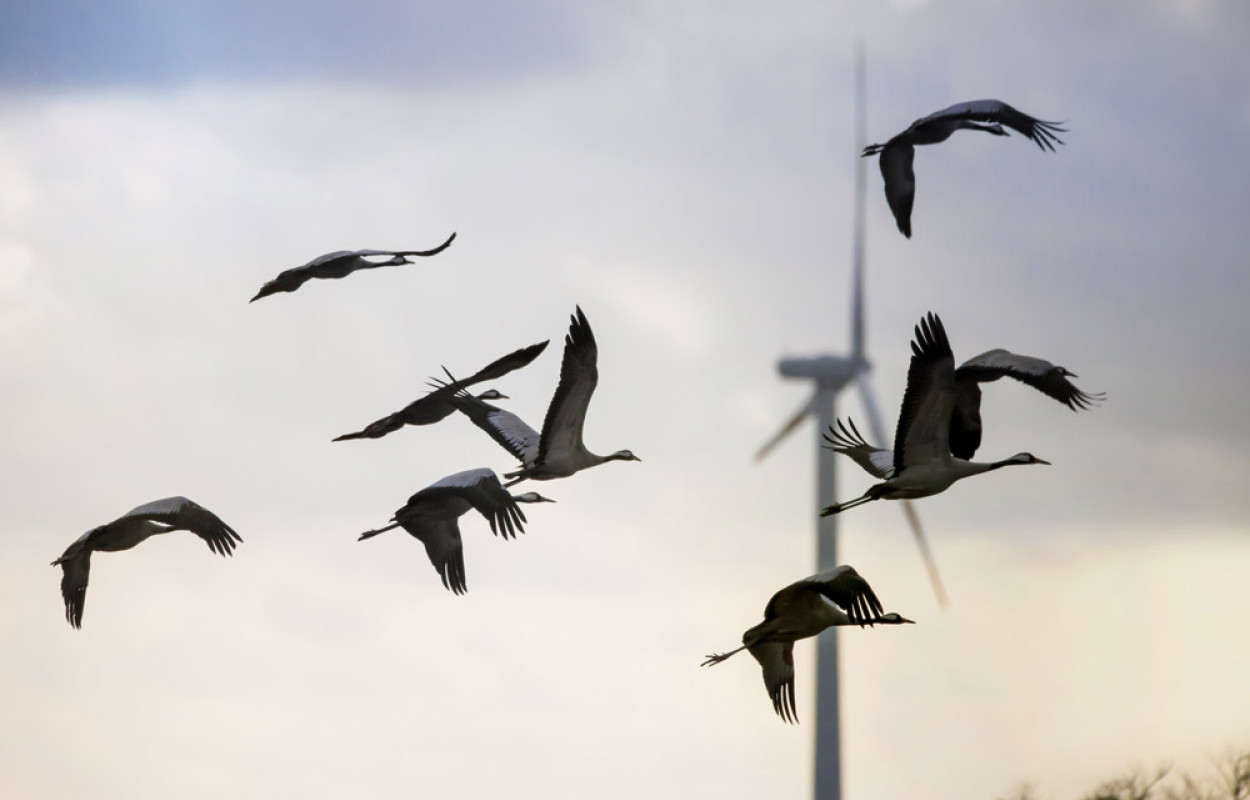
One way to overcome the challenges has been the regular communication and coordination between the entities – lenders, developers, government and RSCN, the Jordanian BirdLife partner – to develop national guidelines.Laith El-Moghrabi (Fieldfare Ecology, Jordan)
Adapting guidelines for unique challenges
The work being done in the UK on assessing the environmental impacts of wind energy is world-leading, with frequent reference over the course of the session made to the guidelines developed by NatureScot.
However, as Laith El-Moghrabi from Jordan highlighted, we can’t just assume that guidelines from one country can be directly applied elsewhere. There may be nuances in relation to the species of interest that mean alternative survey methodologies are needed, or logistical challenges relating to site access, for example.
Consequently, many countries have developed their own guidelines for assessing the impacts of wind energy, often adapting those initially created elsewhere to fit their unique needs. Where this has been done successfully, it has involved careful collaboration between multiple stakeholders, including the appropriate government ministries and NGOs, such as local BirdLife partners.
It’s particularly important that this information be provided in the language of the countries where it will be utilised, since it has to reach a wide variety of stakeholders.Pablo Brandolin (Universidad Nacional de Rio Cuarto, Argentina)
International collaboration
As efforts to speed up the deployment of renewable energy projects increase, international spaces for sharing knowledge and experiences will become ever more important. Initiatives such as the Convention on Migratory Species Energy Task Force (ETF), of which BTO is a member, offer the potential for established and emerging markets for wind energy to discuss the challenges they face and promote solutions to these challenges.
One such solution was the development of a good practice handbook for post-construction bird and bat fatality monitoring at operational wind farms, initially proposed at a previous CWW and then facilitated and promoted through the ETF. This handbook sets out a series of minimum criteria that are necessary to obtain robust data in relation to fatality rates information at wind farms in emerging markets.
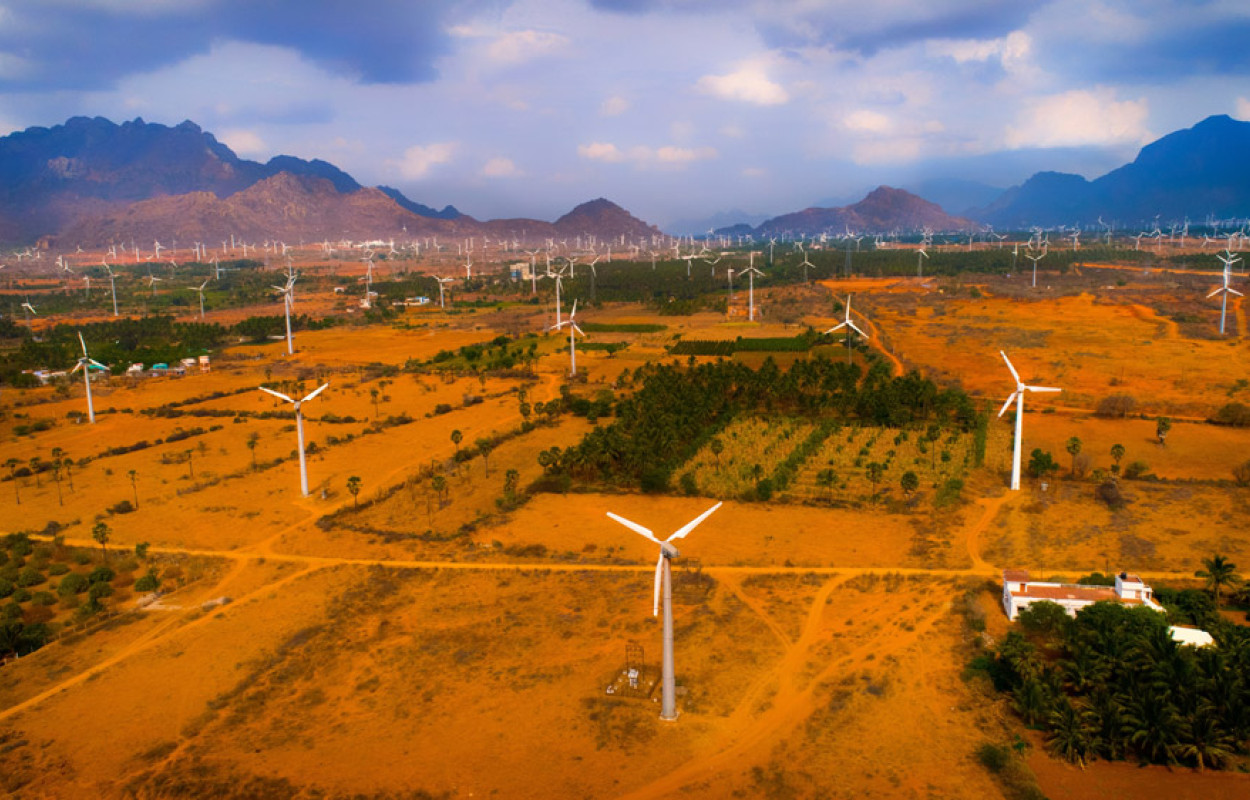
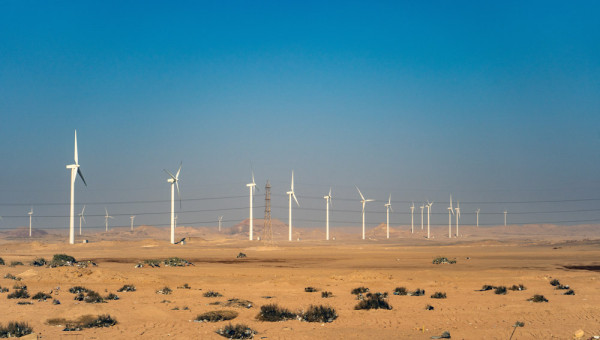
Developing and maintaining capacity
A lack of appropriately trained staff can represent a significant barrier to delivering environmentally sensitive wind energy projects in these countries. We need to ensure that there are sufficient fieldworkers available locally to carry out monitoring, analysts to interpret and report the resulting data, and governmental advisors and regulators to ensure that standards and guidelines are being followed.
A variety of initiatives are underway to address these capacity problems, including formal and informal collaborations between researchers working nationally and regionally to share knowledge and experiences. We also see developers such as Lekela Power, who oversee more than 1 GW of wind energy in Africa, set up training programmes to equip local people with the skills they need to carry out monitoring at operational wind farms, providing valuable employment opportunities for local communities.
However, further effort to build capacity, particularly for analysis, is of vital importance.
We lack basic understanding of those populations – how they migrate, how they fluctuate – and this is a challenge while assessing wind farms.Boris Božić (Milvus Consultancy, Croatia)
Finance and funding
A consequence of developing projects in regions with limited baseline biodiversity data is that impacts, like bird and bat collisions, may be greater than initially expected. To address this, developers can use measures such as altering turbine speeds to avoid conditions when bats are active or shutting down turbines in response to the presence of vulnerable species, such as raptors. Organisations such as the Regional Centre for Renewable Energy and Energy Efficiency (RCREEE) have demonstrated how this can be achieved successfully at a regional scale in the Gulf of Suez.
However, such schemes carry a financial cost due to the reduction in energy generated. Many of the projects in emerging markets are funded by international development banks. Lori Anna Conzo from the International Finance Corporation highlighted how these funders now require that the financial cost of the reduction in energy generated, to protect vulnerable species, is included in the costs associated with any project. This helps to ensure the financial viability of projects, while minimising impacts on biodiversity.
The emerging markets session at CWW 2022 was organised by BTO and Natural Power with input from Lori Anna Conzo (International Finance Corporation), Rhiannon Niven and Tris Allinson (BirdLife International), Ali Khazma (RCREEE), Duncan Lang (Asian Development Bank), Kate MacEwan (Western Ecosystems Inc.), Jennifer Boca (Lekela Power), Laith El-Moghrabi (Fieldfare Ecology), Boris Božić (Milvus Consultancy), Karen Low (juwi) and Pablo Brandolin (Universidad Nacional de Rio Cuarto).
Read moreConsidering socioeconomics
As the wind energy industry expands globally, it is important that we do not lose sight of potential social issues amid concerns about environmental impacts. Wind energy can bring many benefits to local communities, including employment opportunities and increased stability of energy supply.
In South Africa, Karen Low from juwi Renewable Energy discussed concerns about a project planned for a protected area expansion focus area. Whilst the wider landscape is of ecological importance, the project itself was sited on communal land used for grazing which would not meet traditional criteria for protected area status. Consequently, this project was deemed compatible with a 'functioning landscape', with no detrimental impacts on the people who rely on the area for their livelihood. This highlights the importance of considering both social and environmental concerns when identifying areas that can, or cannot, be used for development.
The need for a just transition
In addition to being a central part of strategies to combat climate change, the development of renewable energy brings with it jobs and economic development. It also increases access to electricity for communities that may lack access to energy altogether, or be under-served by existing, often carbon-derived, sources, and provides energy security for nations.
We cannot expect developing and middle-income countries to forgo these advantages due to uncertainties in assessing the negative environmental impacts associated with renewable energy.
Instead, we must offer the support needed to enable a socially just transition to environmentally sensitive renewable energy development.

Hotspots in the grid: avian sensitivity and vulnerability to collision risk from energy infrastructure interactions in Europe and north Africa
Journal of Applied Ecology








Share this page